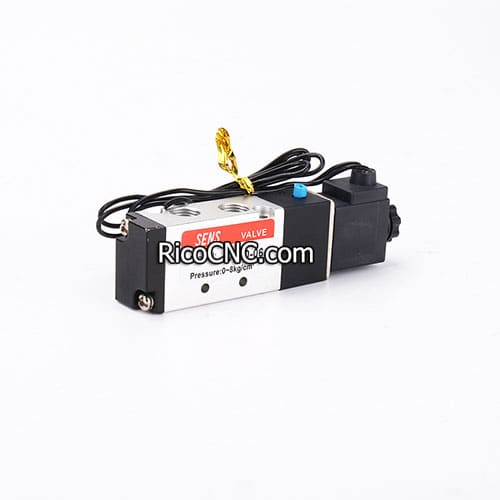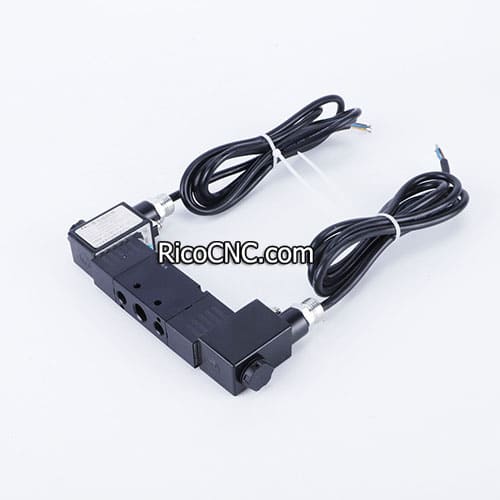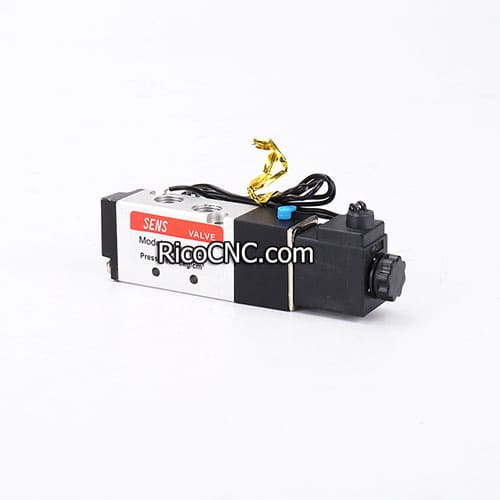
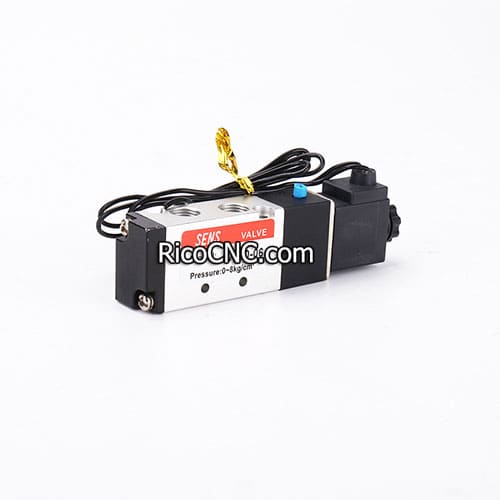
Pneumatic solenoid valves are essential components in a wide range of industrial automation systems. These valves act as critical control devices for managing the flow of compressed air. They are utilized in various industrial settings, including manufacturing, robotics, automotive, and HVAC systems. Their role is simple yet indispensable—they convert electrical signals into mechanical movement, allowing compressed air to flow or be cut off based on system demands.
In this article, we’ll dive deep into the operational mechanics, types, and key considerations when selecting a pneumatic solenoid valve. Whether you're involved in system design, maintenance, or troubleshooting, this guide will equip you with the knowledge to make informed decisions.
Exploring the Mechanics Behind Pneumatic Solenoid Valves
How Do Pneumatic Solenoid Valves Operate?
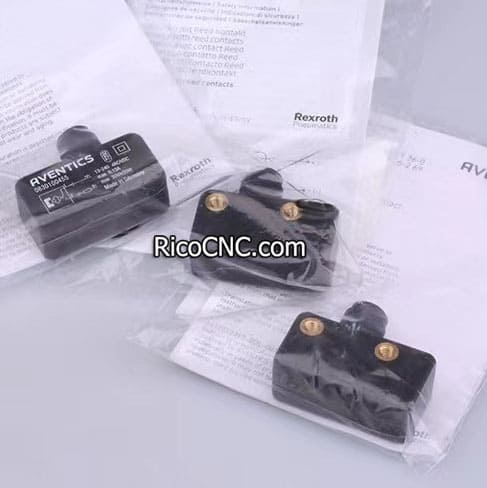
At their core, pneumatic solenoid valves are electromechanical devices. They work by using an electromagnetic solenoid to shift the valve between open and closed states. When an electrical current flows through the solenoid coil, a magnetic field is generated, which moves a plunger or piston within the valve. This movement either opens or closes the valve, regulating the flow of compressed air.
These valves are known for their fast response times and precise control, making them perfect for applications where quick, reliable control over air flow is essential. Whether it's a 2-way pneumatic solenoid valve controlling basic on/off functions or a more complex 3/2-way pneumatic solenoid valve, the working principle remains fundamentally the same: fast switching between states in response to electrical signals.
Key Components of Pneumatic Solenoid Valves
Understanding the components of a pneumatic solenoid valve helps ensure that they are used optimally:
Solenoid Coil: The part of the valve that generates the magnetic field.
Plunger: A metallic rod that moves to open or close the valve when the solenoid is energized.
Valve Body: The outer casing that houses the internal components.
Ports: Channels for air to enter and exit the valve.
Spring: This ensures that the valve returns to its default state (typically closed) when de-energized.
These components work in harmony to ensure that compressed air is controlled effectively. They also make pneumatic solenoid valves highly reliable and suitable for automation systems that demand precision.
Diverse Applications of Pneumatic Solenoid Valves
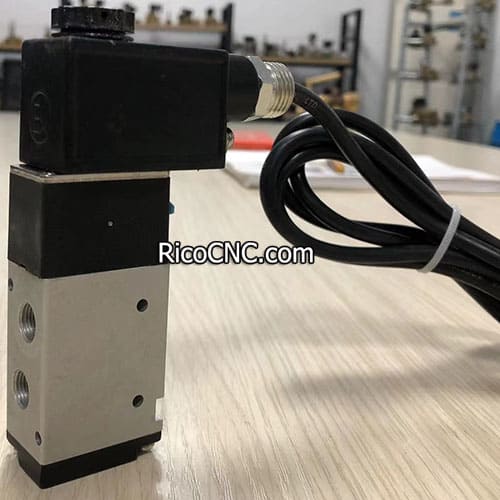
Where Are Pneumatic Solenoid Valves Used?
Pneumatic solenoid valves are found in various industries where compressed air is a primary power source. For instance:
Manufacturing: Valves are used to control pneumatic cylinders that drive automated machinery.
Robotics: Solenoid valves regulate air pressure for movement and control in robotic arms.
Automotive: In vehicle assembly lines, these valves are used in machinery that performs tasks such as welding or assembly.
HVAC Systems: They help control airflow in heating, ventilation, and air conditioning systems.
The versatility of these valves is highlighted by their ability to control anything from small air cylinders to large industrial machinery. Manufacturers like SMC and Festo produce specialized pneumatic solenoid valves tailored to various industrial needs, with options like the 24-volt pneumatic solenoid valve and 12-volt pneumatic solenoid valve to accommodate different voltage requirements.
Specialized Applications
Specialized industries, such as pharmaceuticals and food processing, also rely on pneumatic solenoid valves for tasks that require precise and sanitary controls. Festo pneumatic solenoid valves are often selected for these industries due to their superior performance in hygienic environments.
Detailed Look at the Components of Pneumatic Solenoid Valves
What Are the Essential Components?
Understanding the core components of pneumatic solenoid valves ensures proper selection and maintenance:
Solenoid Coil: This generates the magnetic field necessary to move the valve plunger.
Valve Body Materials: Valve bodies can be made of materials like brass, stainless steel, or plastic, depending on the application’s environment.
Ports and Seals: These components direct air through the system and ensure that air does not escape unintentionally.
Material selection is crucial in industries with harsh environments. For instance, stainless steel valve bodies are typically used in industries requiring resistance to corrosive materials or high temperatures.
Operational Mechanics Behind Pneumatic Solenoid Valves
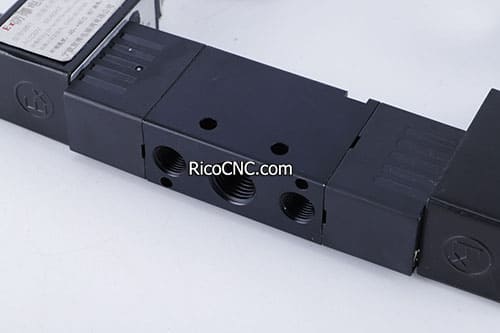
How Does Electromagnetic Force Influence Valve Operation?
The operation of pneumatic solenoid valves revolves around electromagnetic force. When the solenoid is energized, the magnetic field created forces the plunger to move, opening or closing the valve. This happens instantaneously, ensuring a rapid response to system inputs.
Upon de-energization, a spring inside the valve returns the plunger to its default state, typically closing the valve to prevent airflow. This feature is especially important in fail-safe designs, ensuring that the system stops operating in case of a power failure, thus preventing accidents.
The Energization and De-energization Process
During energization, the coil consumes electrical energy, creating a magnetic field that activates the plunger. Once the power supply is cut off, the spring returns the valve to its de-energized position. This cycle of energization and de-energization is vital in automation systems that require frequent switching between states.
Installation and Maintenance Tips for Pneumatic Solenoid Valves
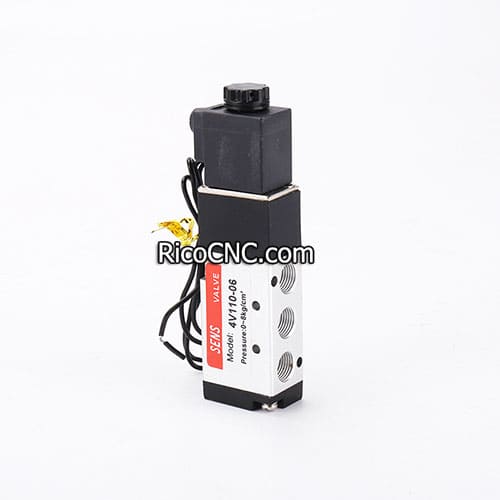
Best Practices for Installation
Correct installation is key to ensuring the long-term performance of pneumatic solenoid valves. First, always consult the pneumatic solenoid valve diagram to properly configure the valve ports and connections. Misaligned connections or reversed port configurations can lead to malfunction or inefficiency.
Regular Maintenance for Longevity
Maintenance of pneumatic solenoid valves ensures their longevity and consistent performance. Regular maintenance practices include:
Cleaning the valve internals: Dust and debris can clog the valve and reduce its efficiency.
Checking electrical connections: Ensure that the solenoid coil is receiving the correct voltage (e.g., 12V pneumatic solenoid valve or 24-volt pneumatic solenoid valve).
Inspecting seals: Seals must be intact to prevent air leaks.
Neglecting these maintenance practices can result in failure or reduced efficiency of the valve, leading to costly downtime in your system.
Key Considerations When Selecting a Pneumatic Solenoid Valve
What Should Be Prioritized?
When selecting a pneumatic solenoid valve, a few factors must be prioritized:
System Requirements: The valve must match the system's pressure, flow, and voltage requirements.
Performance Specifications: For more complex systems, multi-port valves like the 3/2-way pneumatic solenoid valve or 4-way pneumatic solenoid valve might be required.
Durability and Material Compatibility: Ensure that the valve's materials can withstand the specific environment it will operate in, whether that involves extreme temperatures, humidity, or exposure to chemicals.
Specialty valves, such as proportional solenoid valves, can also be considered when precise control over air pressure and flow is necessary.
Maintenance and Troubleshooting Tips for Pneumatic Solenoid Valves
Common Issues and Solutions
Over time, pneumatic solenoid valves may experience issues such as:
Coil Burnout: Often caused by prolonged use or incorrect voltage.
Plunger Sticking: Caused by debris or contaminants in the system.
Air Leaks: Usually a result of worn-out seals.
Troubleshooting these problems often involves replacing faulty parts, cleaning the valve internals, or recalibrating the system. It’s also crucial to regularly inspect the air system for contaminants, as they can impair valve performance.
FAQ
How Do Pneumatic Solenoid Valves Differ from Hydraulic Valves?
Pneumatic solenoid valves control the flow of compressed air, while hydraulic valves are used to regulate liquids. Pneumatic systems are generally more lightweight and operate at lower pressures than hydraulic systems.
Can Pneumatic Solenoid Valves Be Used for Liquids?
Pneumatic solenoid valves are typically designed for air, not liquids. However, specific designs, such as those made from corrosion-resistant materials, can handle certain liquids under controlled conditions.
Also we can also supply:
R412007186 Aventics Pneumatic Filter
5796600220 Aventics Solenoid Valve
5796800220 Aventics Solenoid Valve
R414002009 AVENTICS Pneumatic Vacuum Regulator
R422102430 AVENTICS Double Solenoid Valve
R422102428 AVENTICS Solenoid Valve
5811590650 Aventics Solenoid Valve
Welcome your inquiry.







